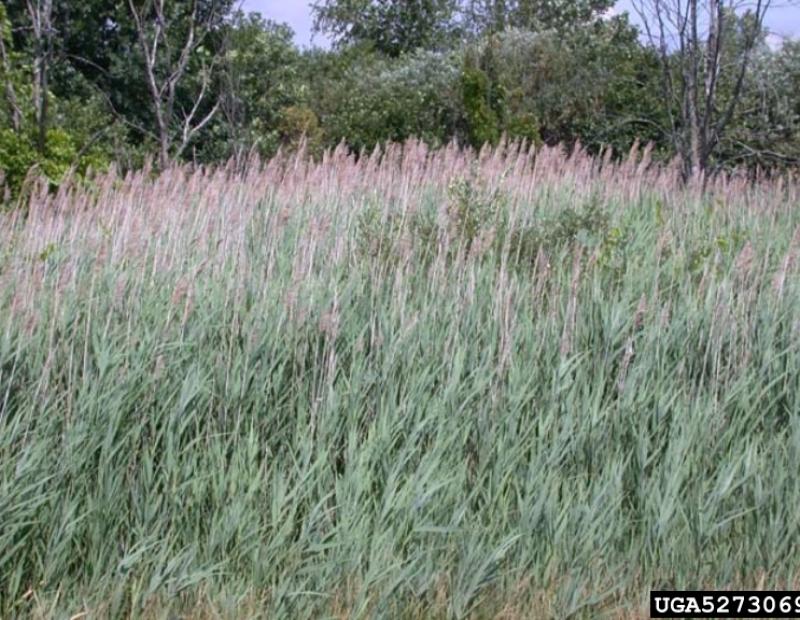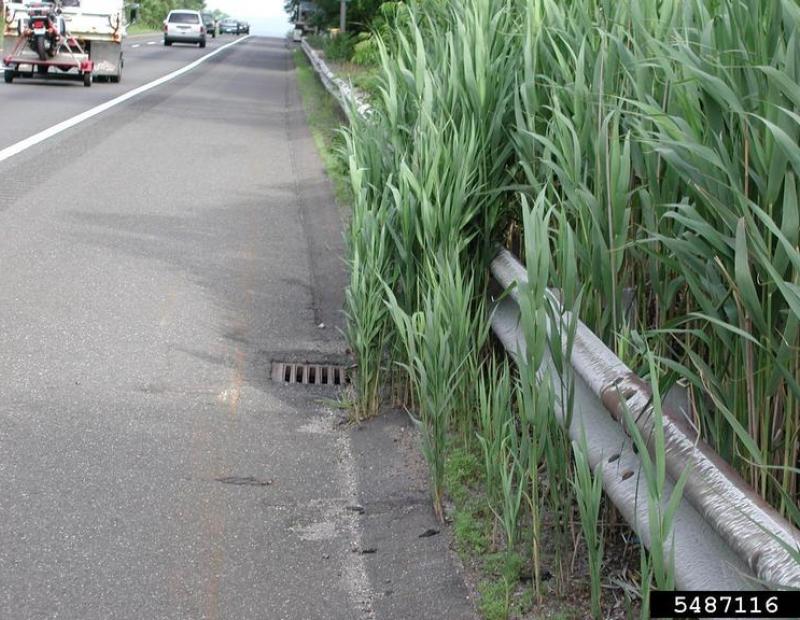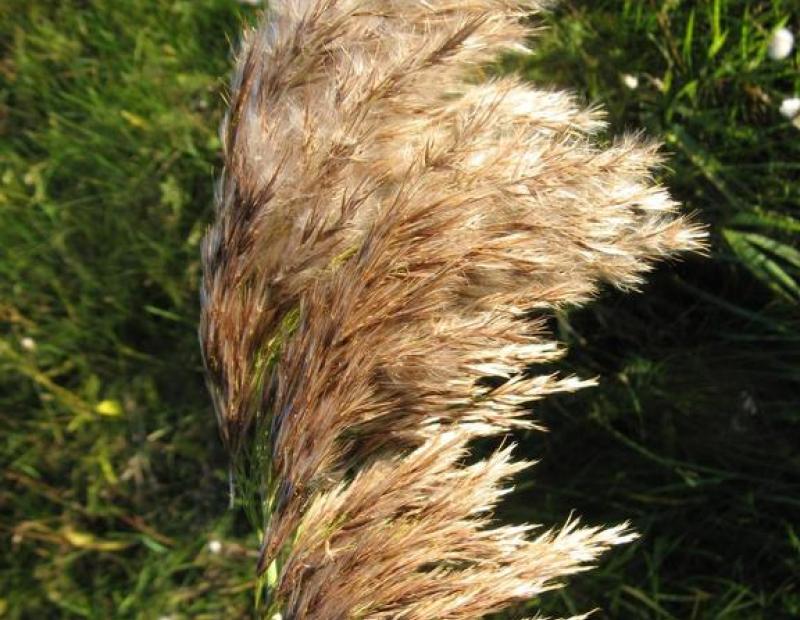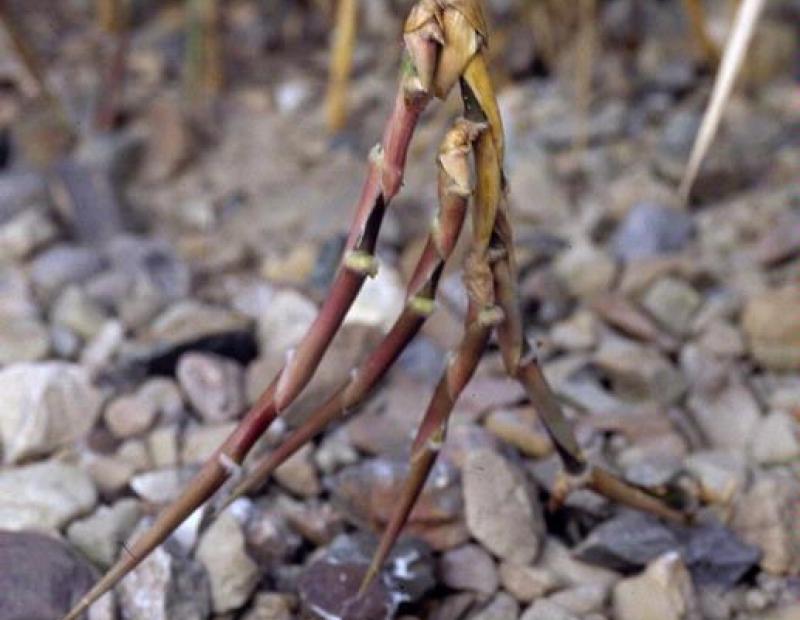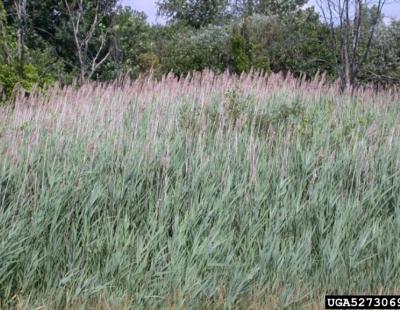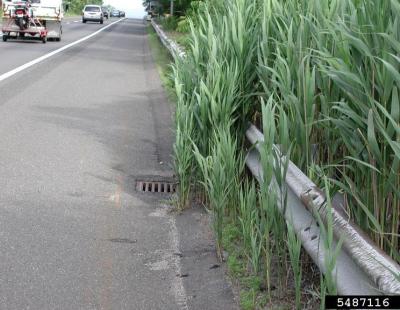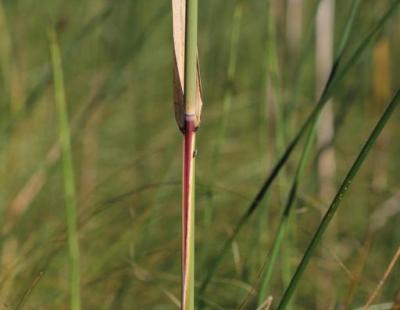- Terrestrial Plants
- Grass-like Plant
Common reed is extremely detrimental to native plants and wildlife. It can rapidly form dense stands of thams that crowd out or shade native vegetation in inland or estuary wetland areas. These plants can turn diverse habitats into monocultures lacking biodiversity that is needed to support a thriving ecosystem. They can alter marsh hydrology, decrease salinity in brackish wetlands, change local topography, increase fire potential and outcompete native plants. extremely difficult to eradicate and tends to emerge earlier in the season than native plants. It is less susceptible to insect herbivory than native plants as well.
Common reed has at least three strains in the United States. One of which, P. australis subsp. americanus is figured to be native to the United States which was the most common in New York. One non-native strain was accidentally introduced from Europe in the late 18th or early 19th century in ship ballast. This non-native strain is now the most common Phragmites found in New York and the north east.
Phragmites australis is a perennial grass that grows between 2-4 meters in height and seen most frequently in large colonies. The stems and leaves of the grass are smooth and glabrous. The leaves are gray to green and are acuminate in shape, and are 25-50 cm long and 2-3 cm wide. The leaves of the plant are all arranged along one side of the stem.There are long white hairs that are present at the leaf-sheath junction. Spiklets have 3-7 purple to gold flowers, surrounded by silky white hairs, that bloom between July and September. The seeds of the grass are brown, light weight and are about 8-12 mm long. Once fall hits, the plant turns brown with inflorescences persisting through the winter. These grases reproduces by wind-dispersed seeds and by long rhizomes.
Common reed is prominent in disturbed areas, brackish or salt marshes, flats, fens, fresh tidal marshes or flats, marshes, shores of rivers or lakes, wetland margins. These grasses can grow in a variety of habitats, but most often found in wet or marshy areas and has also been found at the interface beetween wetlands and uplands. It is widespread throughout the Lower Hudson Valley, and is a New York prohibited plant, and may not be sold, imported, purchased, transported, introduced or propagated through the state.

